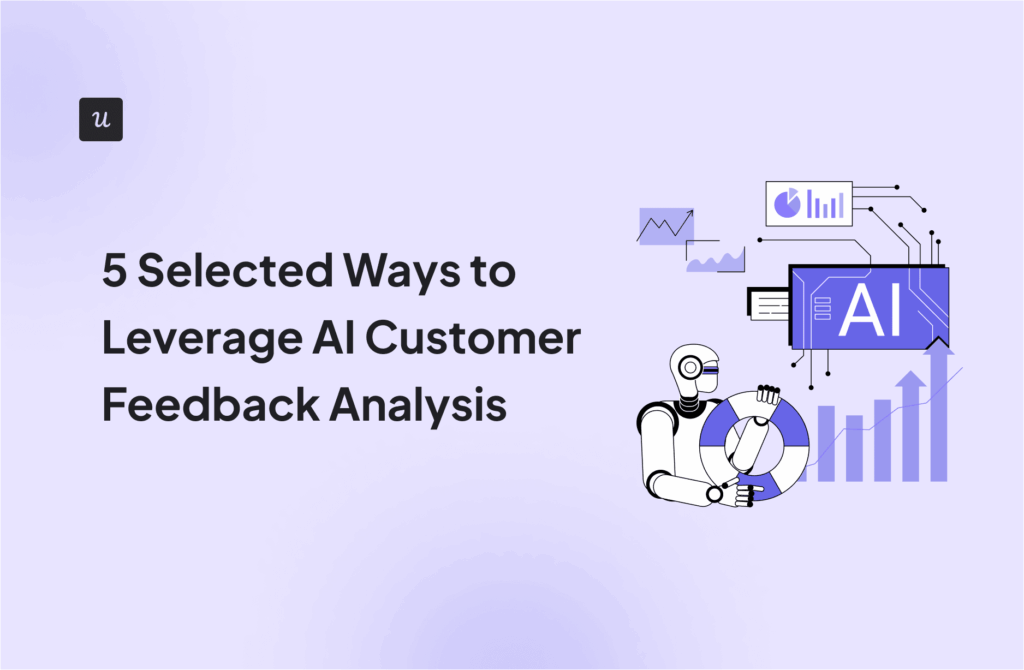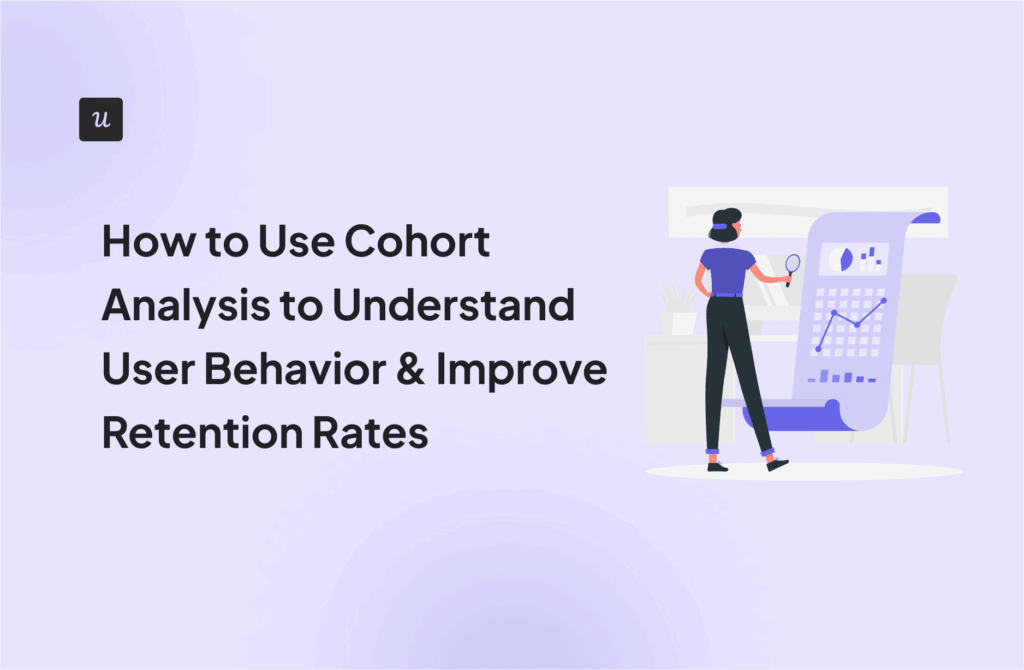When it comes to data tracking, the debate between auto-capture vs manual tracking is pivotal for improving efficiency and accuracy.
Auto capture offers quicker turnaround through real-time, automated, and reliable data collection. In contrast, manual tracking provides greater flexibility and detailed customization.
This article will help you understand the strengths and limitations of each method so you can choose the best approach based on accuracy, product analytics, and overall effectiveness. Let’s get started!
Try Userpilot Now
See Why 1,000+ Teams Choose Userpilot

TL;DR
- Auto capture automatically collects user interaction and behavioral data, like clicks, page views, or form submissions, through a single code snippet, with minimal manual effort.
- Manual user tracking requires your continuous effort to collect and monitor user behavior and data, often involving custom tracking codes for each event.
- Automatic capture provides greater consistency, accuracy, and speed. In contrast, manual capture is more flexible, creating codes for custom events but slower and prone to mistakes.
- Auto capture is a better choice, offering key benefits like streamlining data collection with a single code. It reduces manual effort and enables you to focus on analysis rather than tagging events.
- Another advantage auto capture provides is its increased visibility of real-time data, improving insights into user behavior and enabling ongoing experience analytics.
- Ready to implement auto capture within your product to unlock data-driven insights? Schedule a Userpilot demo and see how you can get started.
What is auto-capture?
Auto capture enables you to automatically collect user data or information without any manual customer tracking. All it requires is a single snippet of code to collect customer data points on interactions with your product or site.
For example, auto-capture payment automatically completes transactions and collects payments immediately after the authorization period. This system does not require a manual capture request for each new payment.
What is manual tracking?
Manual tracking involves actively recording and monitoring user data through direct input.
For manual data tracking, you must insert custom tracking codes for every interaction or event you want to examine. Therefore, it requires ongoing human effort to manage information, often using spreadsheets or logbooks.
Considering the same example for payments, manual capture requires you to explicitly initiate the transfer of funds by requesting a capture for each new payment.
Automatic capture vs manual capture
Here are a few aspects where there are key differences regarding auto-capture vs manual tracking:
- Setup & implementation: Auto capture offers a quick and easy setup, often requiring just a single code snippet. Meanwhile, manual tracking requires specific coding for each event and you must have technical expertise for this.
- Data coverage: Auto capture provides comprehensive tracking of various user interactions right from the start. In contrast, manual tracking focuses on specific and pre-defined events. As a result, you can potentially miss valuable insights outside the scope of those events.
- Flexibility & iteration: Auto capture allows for continuous data collection and retroactive analysis, making it adaptable to evolving needs. Meanwhile, manual tracking requires code updates for new or modified events, which can slow down your iteration and experimentation.

We see that automatic capture generally offers greater benefits than its manual counterpart. This is why Userpilot’s custom events and feature tags have now been replaced with auto-capture.

Why is auto-capture a better choice?
Apart from the differences above, there are more reasons why automatic capture is the right choice for you. For example, auto-capture streamlines data collection, allows for continuous analysis, and improves visibility into user behavior. Let’s discuss these benefits in greater detail below.
It saves time on event data collection
Manually tagging in-app events demands a lot of time and effort. That’s why the option to automatically capture data is so beneficial. Instead of requiring custom codes for each event you want to track, auto-capture does it for you with just a single snippet of code.
Therefore, it enables you to shift your efforts from data collection to more important tasks, such as analyzing user data.
Automatic capture becomes even easier with tools like Userpilot, where the auto-capture event function is on as part of the default setting.

It enhances behavioral data visibility
With manual capture, you have to also spend time determining what you want to track first. That isn’t a problem with auto-capture, which ensures that you’re not missing out on anything.
With more data being collected automatically, you enjoy greater visibility and insights into user behavior and trends.
It enables constant data analysis
Data tracking and product analytics don’t have to be two separate things anymore. With automatic capture, collecting the right kind of data that is ready for analysis becomes an ongoing process.
This means you can perform product analytics whenever needed and build reports on the go. All that’s required of you is to label the events being analyzed, and you’re all set!

In contrast, manual tracking includes creating codes for each event, tagging them separately, and then waiting till you collect enough data to begin analyzing it.
You can also further simplify event analysis with analytics tools such as Userpilot, as seen in action below.

Conclusion
By automating data collection, auto-capture frees up your valuable time to focus on analyzing information instead. So, if you’re still on the fence about which one to adopt for your data-driven strategies, auto-capture is the way to go.
Want to get started with auto-capture? Get a Userpilot Demo and see how you can improve accuracy and efficiency.







